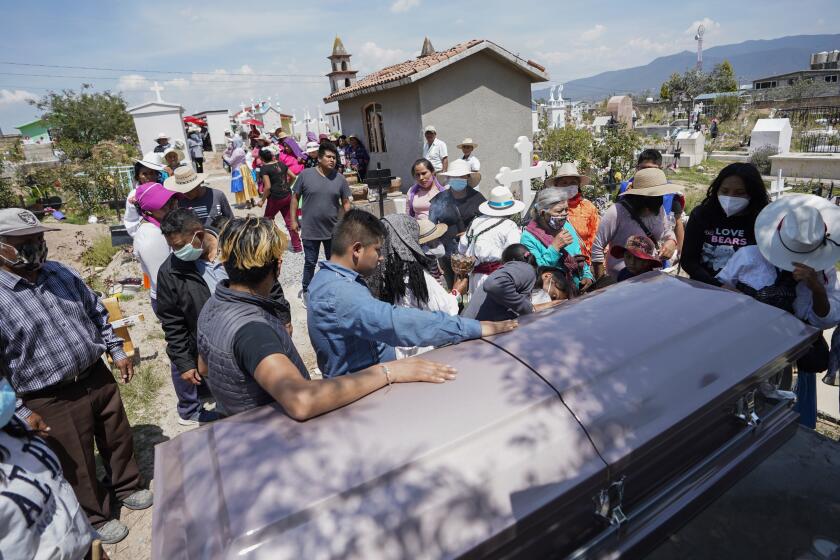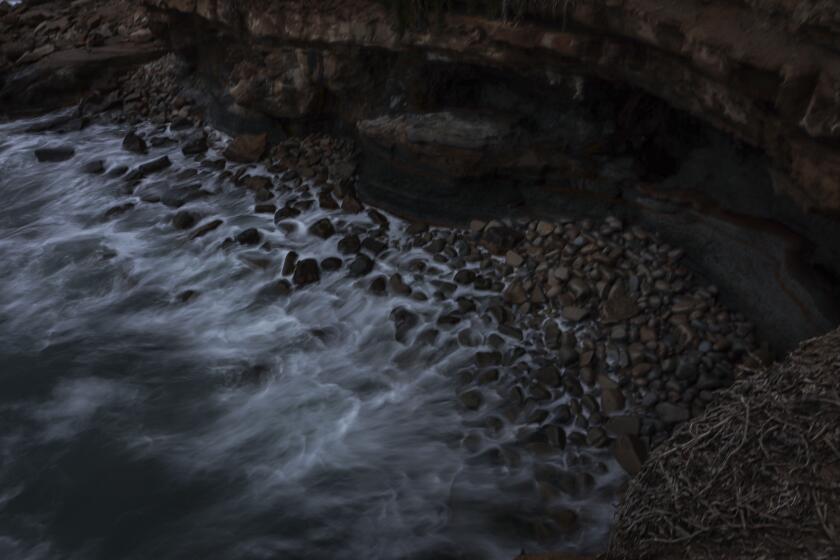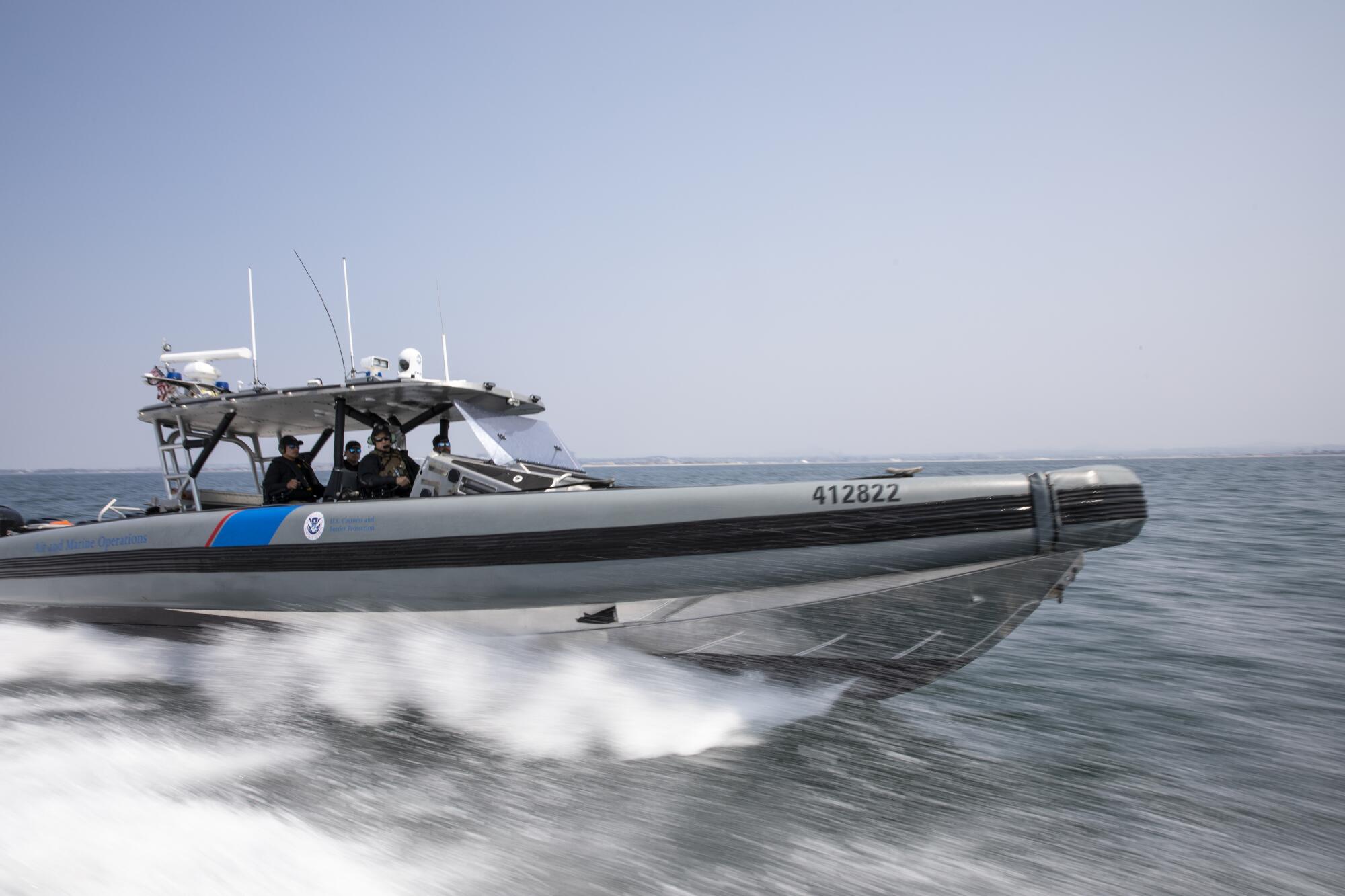
- Share via
SAN DIEGO — U.S. border agents found a dead migrant on an abandoned panga, or fishing boat, in Carlsbad in April. A month later, a cabin cruiser, overloaded with three dozen migrants, crashed into a reef near Point Loma, killing three people. Then, after a boat capsized near Encinitas in July, two migrants were hospitalized with hypothermia.
Customs and Border Protection agents stopped more migrants at sea in 2020 than during the previous three years, according to the latest CBP data.
Apprehensions along the Pacific coast drove that increase — to 766 stops last year from 44 in fiscal 2017.
Encounters at sea are still substantially lower than those on land, but experts say the shift to maritime crossings — in response to restrictive border policies and the devastation from COVID-19 across the hemisphere — is amplifying the danger these migrants face as they seek to reach the United States.
Since Oct. 1, 2020, agents in the CBP’s San Diego region, which stretches along the California coast from Imperial Beach to the Oregon border, have intercepted more than 330 marine vessels with 1,751 people. The number encompasses the migrants intercepted and U.S. citizens suspected of smuggling them.
Border officials acknowledged in an August news release the movement northward of smugglers along the California coast. Recently, agents have stopped boats farther north up the coast, near Long Beach, Catalina Island, Malibu and Santa Barbara. Early Monday, a 30-foot fishing boat landed on the beach in Ventura County with 21 Mexican migrants and one Guatemalan migrant, a CBP spokesperson said.
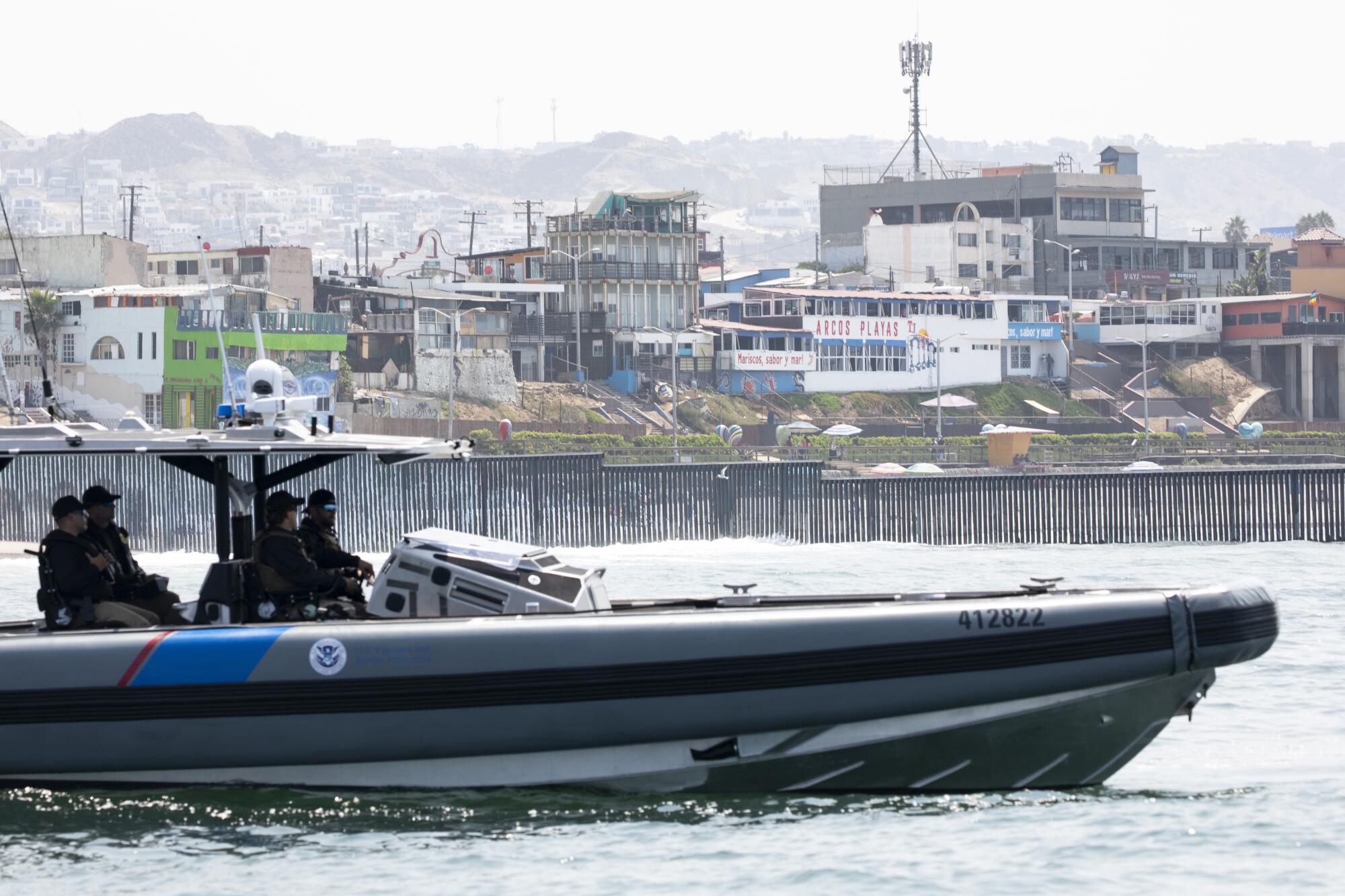
One of the three people who drowned in the cabin cruiser crash in May was Maria Eugenia Chavez Segovia, a 41-year-old single mother of two. It was her fifth attempt at crossing the border.
Chavez had made three attempts by land. Smugglers priced a successful crossing at $14,000. But each time, border agents had returned her to Tijuana within a couple of hours. Back in Mexico, she would phone her younger sister, who lived in Salinas, to let her know she was safe.
After her third attempt by land, she told her sister she didn’t think she would make it over the border without getting caught. For an extra $4,000, the smugglers suggested a sea crossing.
In late April, Chavez got on a boat for the first time with nine other migrants. But the group was intercepted at sea and returned to Mexico. Afterward, she told her sister: “It was scary, hermana. But they say it’s safe and that I’ll make it on the next try.”
‘Exposed until you hit land’
The plight of maritime migrants in Europe and other parts of the world has received an outsized share of media attention. In California, land border crossings dominate the narrative.
But for CBP marine agents such as Evan Wagley, that’s changing. Wagley coordinated the agency’s response to the abandoned panga on April 17 and called the medical examiner to retrieve the body. Authorities never determined who was responsible for the tragedy, he said.
“Once these pangas make landfall, they can get in a car within minutes,” Wagley said of smuggling groups. “We have no way of knowing who drove it, who was in it. That makes our job tough, especially when there’s deceased people involved, because that’s the last thing we want to see.”
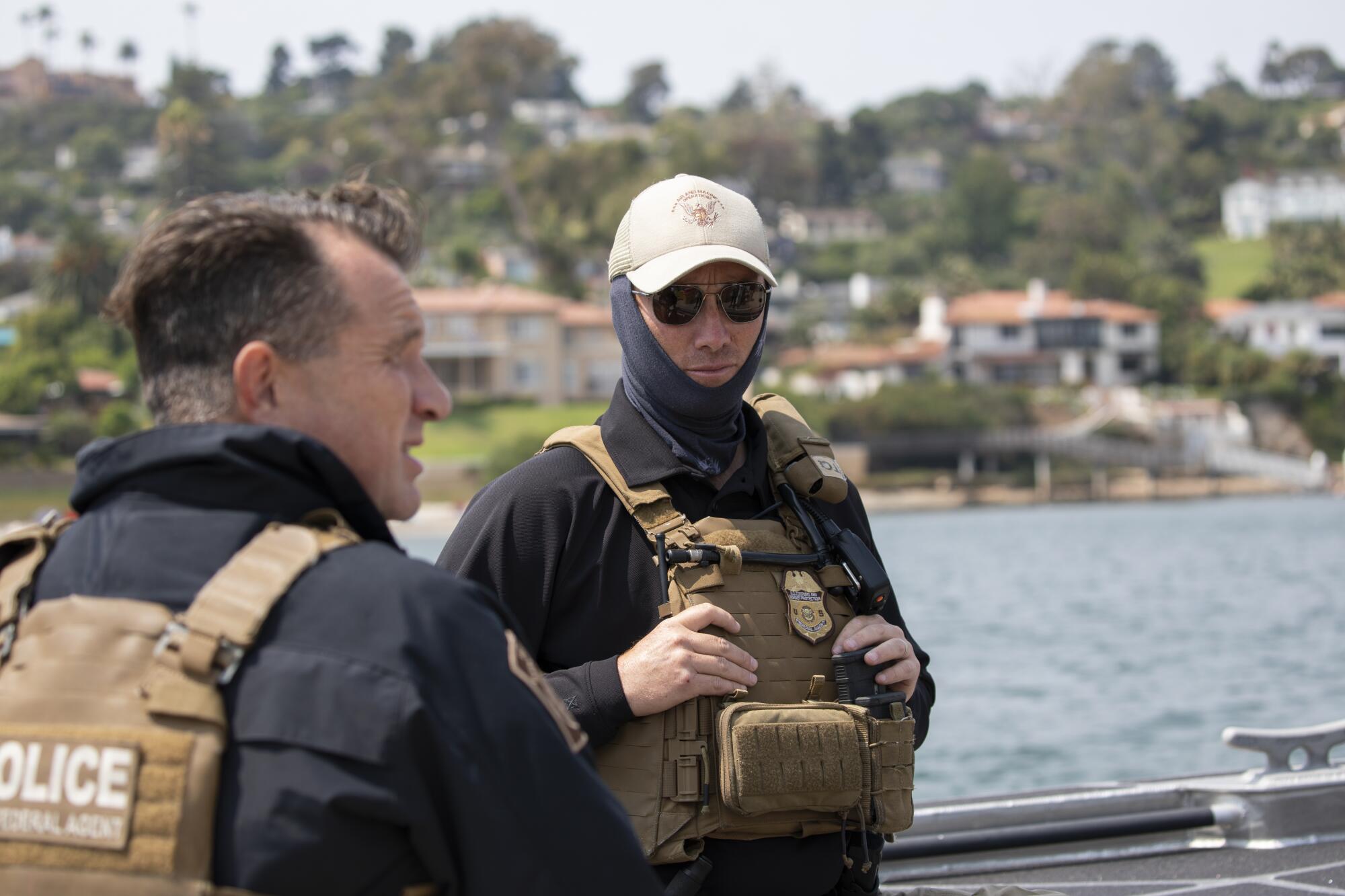
San Diego has the fourth largest port in California. Hitting the water each day on a 41-foot speedboat near Coronado Beach, CBP agents check other vessels for migrants, as well as drugs and other contraband. Mostly, they intercept boats carrying migrants. A journey of even a few hours can be dangerous, Wagley said. Boats carrying migrants almost never have enough life vests or water. Some people end up with bruised ribs or concussions from turbulent seas. Prolonged sun exposure brings dehydration, seasickness and hyperthermia.
“When people think of San Diego they think of blue skies and sun, but once you get off shore it can be unforgiving,” said Wagley, an experienced fisherman who joined CBP’s Air and Marine Operations from the Border Patrol in Calexico.
Near Playas de Tijuana, where a steel border fence extends 300 feet into the water, CBP agents commonly intercept people on jet skis and kayaks, as well as swimmers. Smugglers will take one or two people at a time, hoping they blend in with regular beachgoers, and head for the closest landing north of the border, Wagley said. Farther up, the traffic shifts to boats between 20 and 50 feet.
On a sunny day in August, The Times accompanied CBP agents who shadowed a working team. Agents heading back from the Tijuana border spotted a shabby sailboat and stopped to question the two passengers.
It was a fairly windy day but the driver was using the motor instead of the sails. That could be suspicious, Wagley explained, because many smugglers don’t know how to sail.
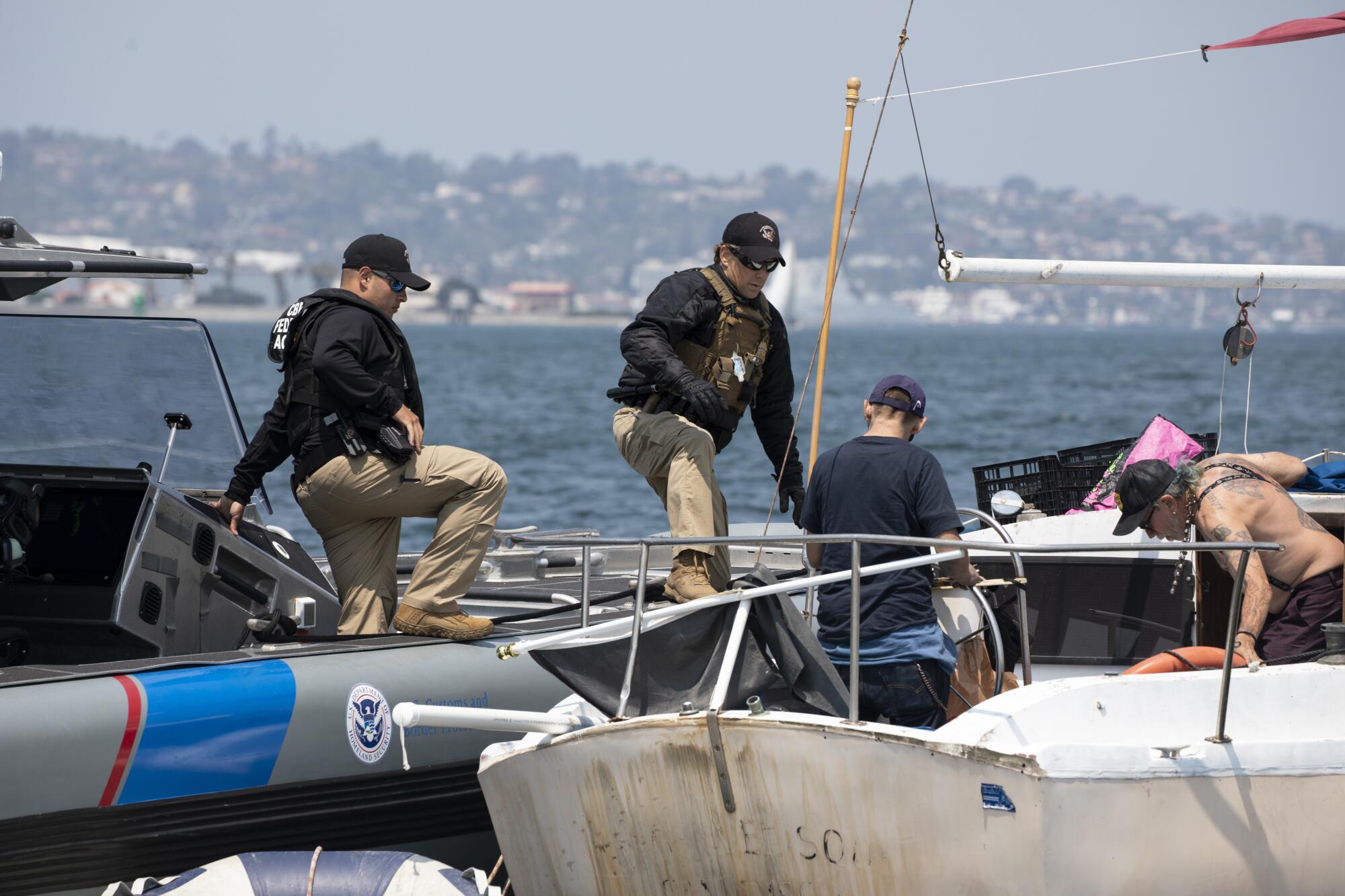
Agents Charles Cason and Nathan Wickham boarded the boat to perform a document check. They asked where the sailors were coming from and going, who the registered owner was and checked the cabin for any other passengers. With everything clear, the agents continued on their way back to Point Loma.
Early that morning, a different crew had reported a boat off Point Loma going south and attempted to pull the driver over. He fled.
Agents fired multiple rounds to stop the engine. They boarded the boat just before 6 a.m., four miles from where the chase had started, and reported one man, a Mexican citizen, on board. Agents believe he had just dropped off migrants into the U.S. and was on his way back to Mexico.
“It’s really a culmination of desperation on the migrants’ part and business practices on the criminal organizations’ part,” Wagley said. “They’re looking to exploit these people to make a buck.”
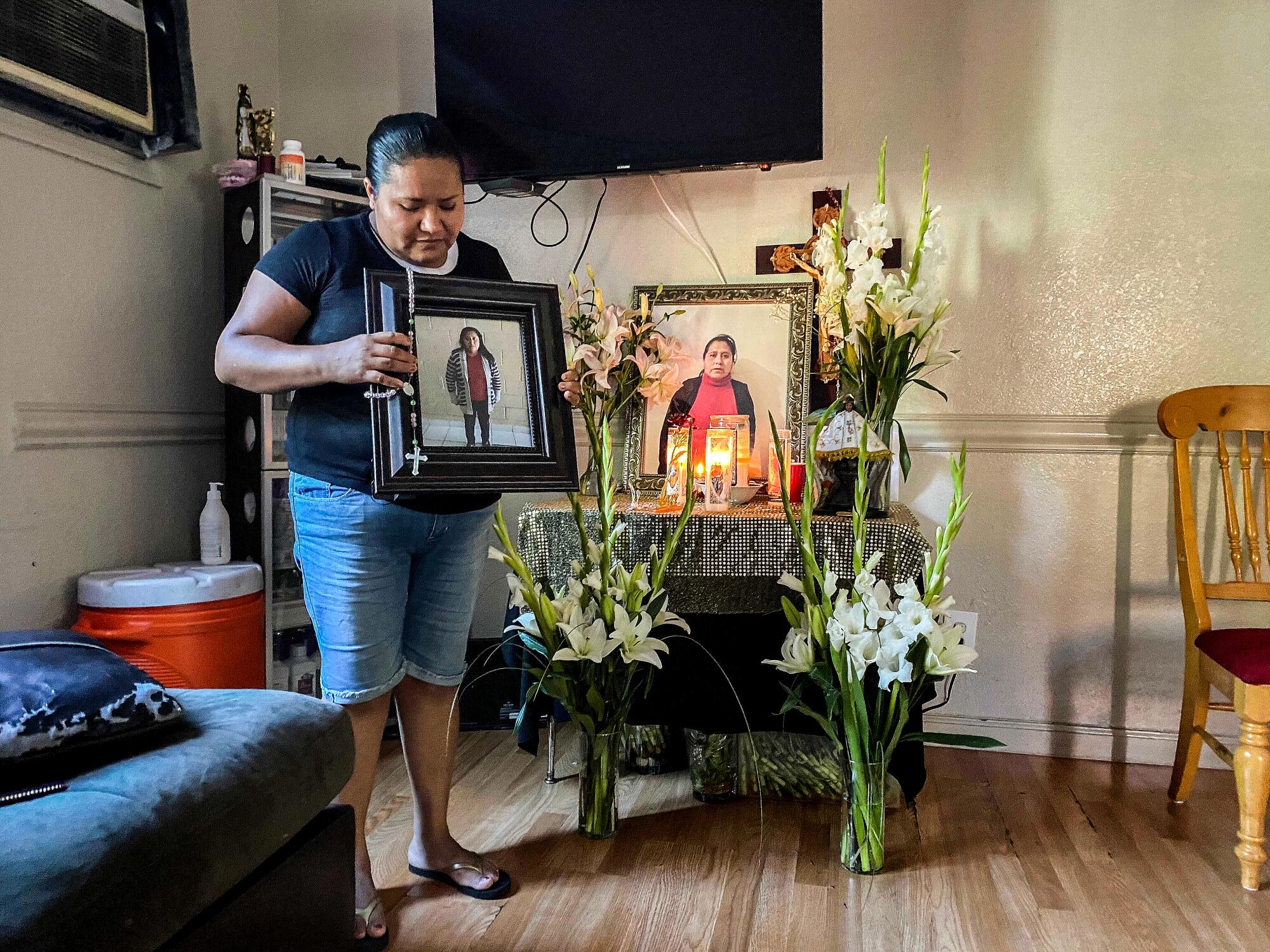
Maria Eugenia Chavez Segovia was among three Mexican nationals who drowned at sea when an overloaded trawler-style boat ran aground
Evolving migratory hot spots
Last year, maritime apprehensions in Southern California surpassed those in the Caribbean, CBP data show, and were more than three times the number out of the Miami region — which saw a high of 2,095 apprehensions in 2016 due to the sharp increase in Cuban migration after then-President Obama’s renewal of ties with the island nation. But apprehensions there sharply declined after Obama did away with a long-standing policy allowing Cubans who show up at a port of entry to apply for permanent residency.
There is still significant movement in the Caribbean, with a recent uptick in Haitians fleeing their impoverished and politically unstable nation by boat. Border authorities have intercepted more than 1,000 Haitian migrants at sea during the past year.
Haitian migrants are also arriving at the U.S.-Mexico border overland. Thousands were expelled last month from Texas after making their way up through Central and South America.
Some immigrant advocates say the United States’ restrictive, pandemic-era border policy is in large part behind the increased attempts by migrants to cross the San Diego border by sea. Federal officials use that policy, known as Title 42 for the section of the health statute where it originated, to quickly expel migrants who are stopped along the U.S. border “in the interest of public health” without allowing them to apply for asylum.
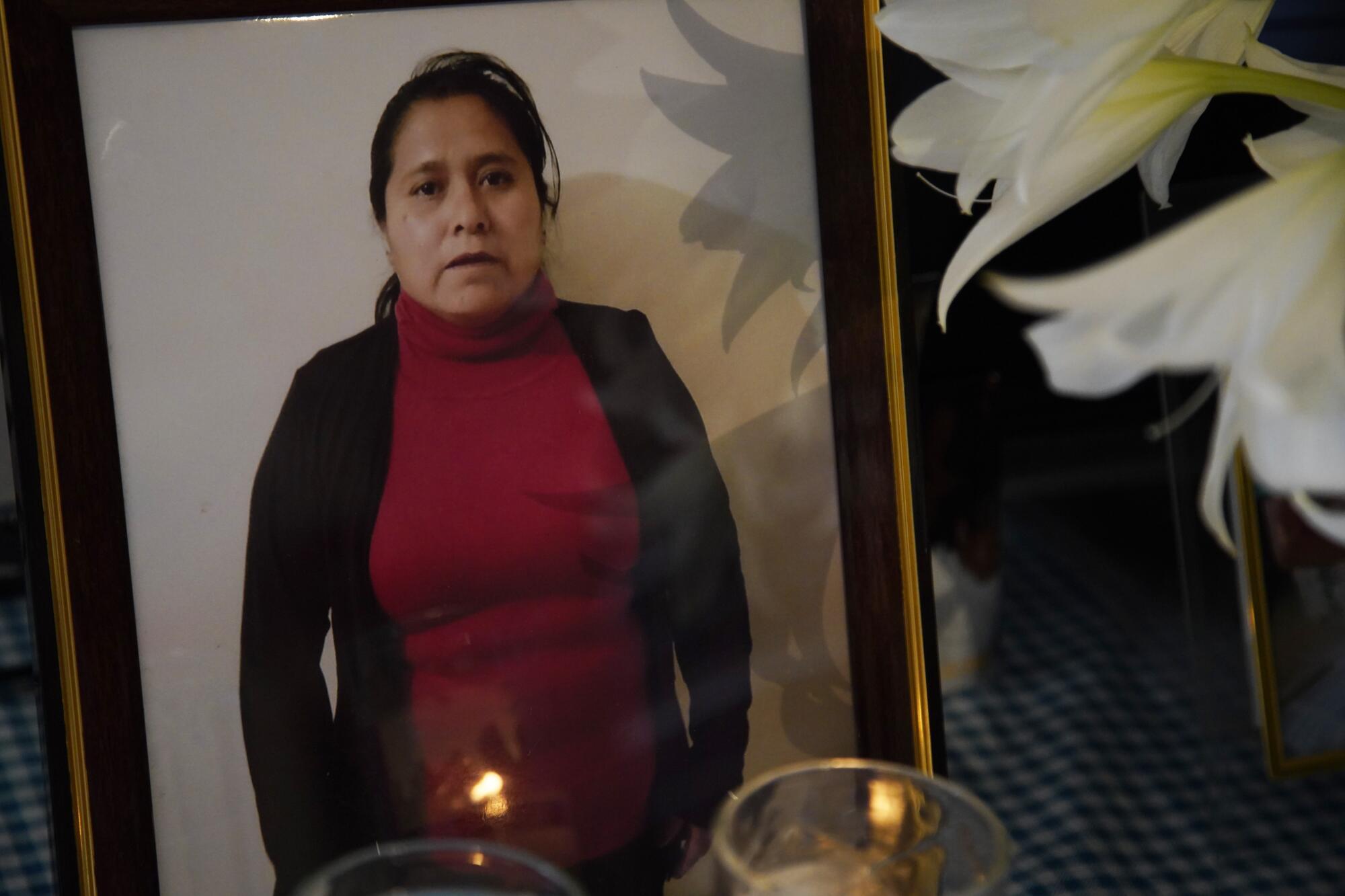
When one migration route is made harder, others pop up, said Kathleen Newland, a senior fellow and co-founder at the nonpartisan Migration Policy Institute and author of the 2016 book, “All at Sea: The Policy Challenges of Rescue, Interception, and Long-Term Response to Maritime Migration.”
“Homeland Security has built out the border into the Pacific Ocean quite a ways, but they’re never going to cover the whole ocean,” she said. “The farther they build it out, the farther the boats will go. And the route becomes more dangerous and often more expensive.”
Maritime crossings to the U.S. are inherently riskier, in part because of high interception rates, Newland said. But it’s impossible to know the real casualty rates globally, she said, “because even their skeletons won’t be discovered.”
“It’s a risk calculation,” she said. “Because the attention has been much more on the land border, smugglers may be selling the story that nobody is watching the coast. But they are.”
A deadly wreck of a boat off Point Loma shows how decades of heightened border enforcement and recent pandemic policies have driven migrants to riskier crossings
Authorities might be less on the lookout for a cabin cruiser such as the one that crashed in Point Loma in May, said Newland. Pleasure crafts are more expensive to operate than fishing boats, which are the most common. But she said such boats could be a new strategy on the part of smugglers.
At 8 a.m. on May 2, Chavez told her sister she was going to try again to reach the U.S. She was to be on a big boat that would start in Ensenada and stop at a restaurant along the way so as to not look suspicious.
By the next day, when the sister still hadn’t heard from Chavez, she asked one of the smugglers with whom she’d had contact what had happened.
“There was an accident,” he told her, assuring her that everything was fine.
After the accident, Chavez’s sister — who requested anonymity out of fear of retribution from organized crime groups — asked the smuggler for a photo, and the image he sent of a capsized boat made her uneasy. Her 18-year-old daughter found news reports and started calling hospitals.
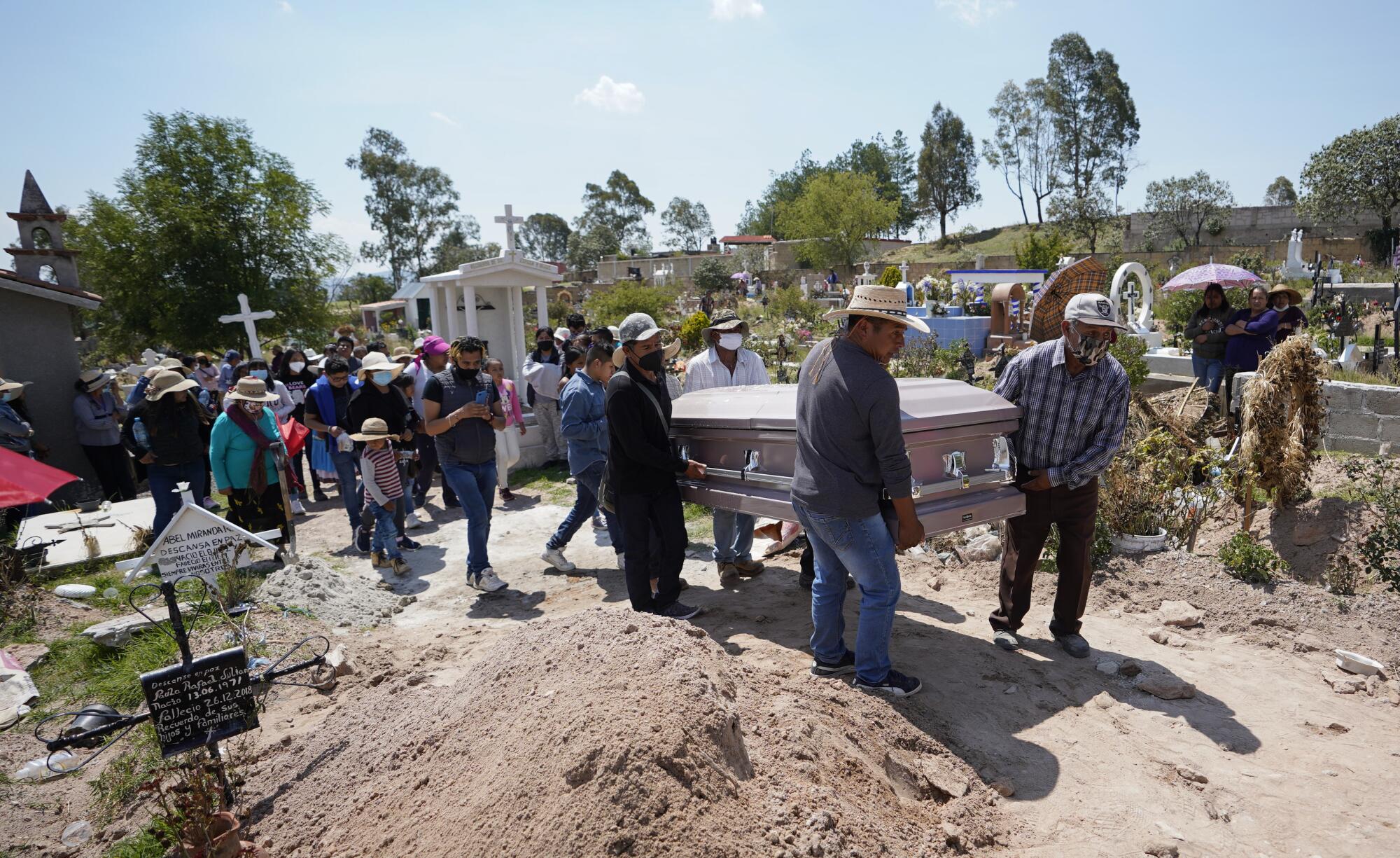
“For us the loss is still so sad,” Chavez’s sister said. “I would like justice for her and for the other people.”
But she is in the country illegally and said she was afraid that if she talked to police, the smugglers would go after her. When they found out Chavez had died, she said, the smugglers cut off communication.
The phone number she had, with a Mexican area code, now goes straight to voicemail.
San Diego Union-Tribune staff contributed to this report.
More to Read
Get the L.A. Times Politics newsletter
Deeply reported insights into legislation, politics and policy from Sacramento, Washington and beyond. In your inbox three times per week.
You may occasionally receive promotional content from the Los Angeles Times.

